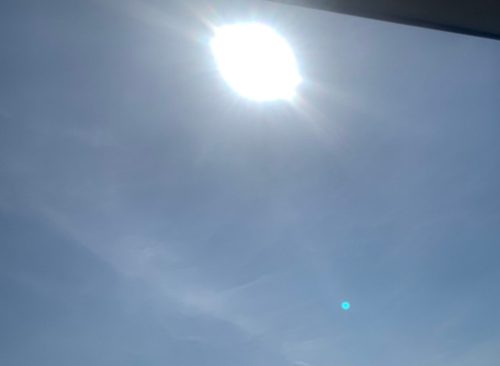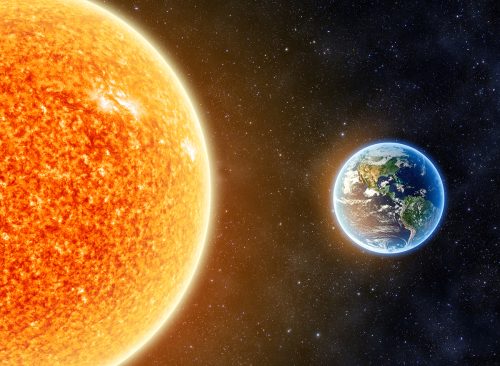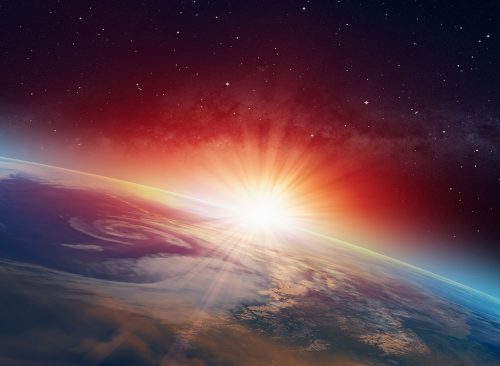Is the Sun White or Yellow? Well, Neither. Here’s What Science Says
The color is due to how light is scattered.

Another one of those online debates is raging about the color of something. But unlike the hue of a dress, this is a pretty big question: Is the sun white or yellow? The Washington Post reports the controversy was kicked off by a Twitter user who remarked that the color of the sun seemed to have changed since she was a child. She remembered it being yellow; today she sees white. So which is it?

“I’m just telling a person in their 20s that the sun used to be yellow when I was a child and he’s laughing,” tweeted Jacqui Devoy. “The last time he saw a yellow sun was on Teletubbies. Here’s the sun right now. White and a weird shape. How’s it looking where you are? Her question, posted on May 3, struck a chord, racking up 6.1 million views within 10 days. Turns out Devoy is not alone in her observation; it’s a pressing question in some people’s minds. “I was just having a similar thought today. When my boy starts drawing what crayon will he color the sun because it always looks like a white blob in the sky now,” one commenter said.

So what color is the sun: Yellow or white? Both and neither, the Post reports. Our eyes can’t handle the truth. “The sun would appear green if your eye could handle looking at it,” W. Dean Pesnell, project scientist of NASA’s Solar Dynamics Observatory, told the news outlet. “Basically, when you look at the sun, it has enough of all the different colors in it and it’s so bright that everybody’s eyes are firing like crazy and saying, ‘It’s too bright for me to tell you what color it is.’ That’s why the sun looks white to us.”

From our earthly vantage point 93 million miles away, the sun usually looks like a white spot in the sky. But many people perceive a yellow tint, and that’s due to how light is scattered, Pesnell said. Molecules in the air redirect color wavelengths, causing more of the yellow and red ones to be seen by our eyes at various times. “Essentially,” Pesnell told the Post, “it’s a green star that looks white because it’s too bright, and it can also appear yellow, orange or red because of how our atmosphere works.”

The sun will change color someday—when it’s about to burn out. When the hydrogen inside the sun’s core runs out, the sun will grow in size and glow red, then blue, then dim to the point that its color won’t be visible. But that’s a long ways off: 4 to 5 billion years, to be precise. “The sun is at its midlife, and it still has quite a lot of years before it changes colors,” Pesnell said. “It still hasn’t dimmed out one bit.”

One factor that causes people to perceive things as being different colors is that color is more subjective than we think. While everyone’s brain receives the same color wavelengths through the eyes, our perception of them is marked by life experiences. “We think of perception and vision as being really straightforward, with this idea of ‘I have my eyes and see,’” Alice Skelton, a scientist at the University of Sussex, told the Post. “And actually, it’s not like that at all. It’s influenced by where you grow up, when you grow up and who you grow up around.”














